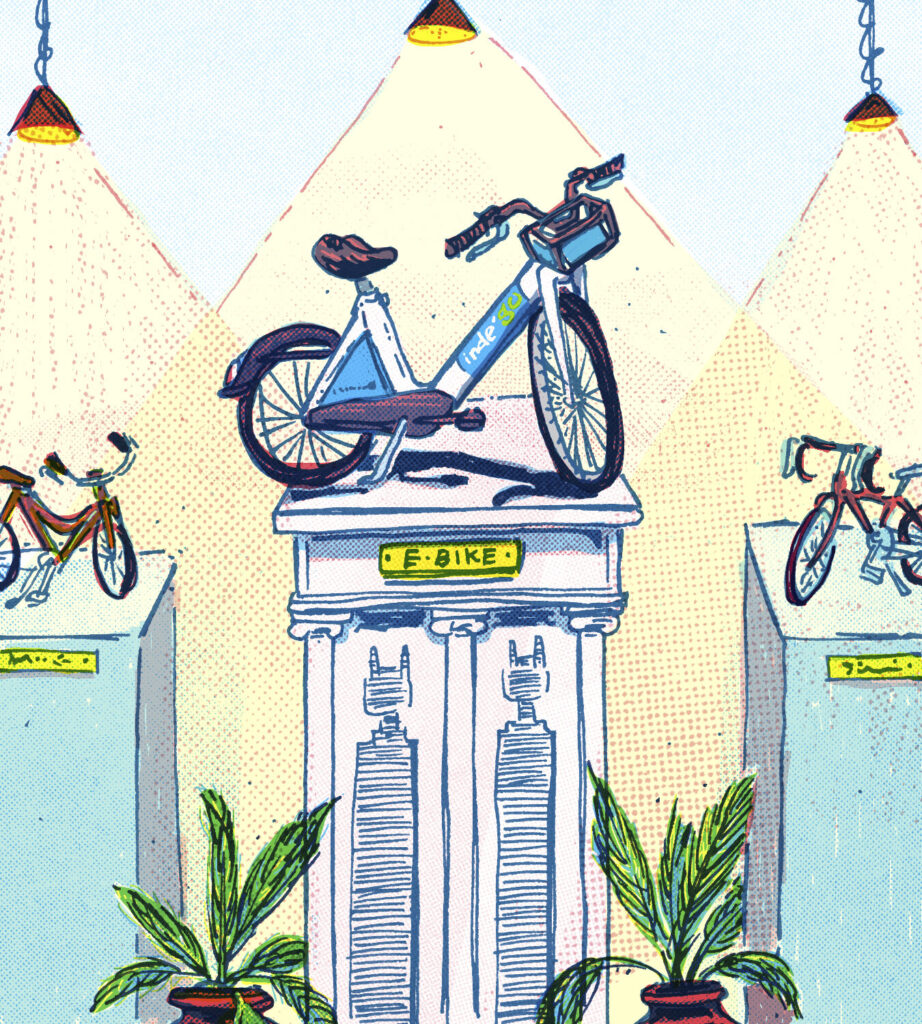John Janick was an obsessive gardener packing every square inch outside his family’s Mount Airy twin home with native plants when I first wrote about him in Grid in July 2014. He had filled his backyard and the area around his driveway, and was running out of space in his front yard.

I found Janick, a web developer for a nonprofit organization, through an Audubon backyard habitat certification program. It encourages homeowners to garden with native plant species and to include other elements such as water and nesting spots to make human properties more hospitable to birds.
Much of what Americans usually plant in their yards is exotic. A lawn of Eurasian grasses bordered by East Asian azaleas and South American begonias, all shaded by Norway maples, might look green, but to wildlife species who are equipped to take advantage of the local plants they evolved with, these yards might as well be paved with concrete. Native plants provide more food for native bugs, which feed native birds, native frogs and everything else up the food chain.
Janick’s own obsession with making his yard a great native habitat soon had him contracting to do the same work in neighbors’ yards. Working on a larger scale, however, he found it difficult to get many of the plant species he wanted locally. “I try to stick to straight species [rather than hybrids],” he explains, “and to get the good plants, it was nearly an hour[’s] drive.”
Janick recognized his sourcing challenge as an opportunity. In 2016, when a neighbor whose yard he had planted offered him a half-acre of unused land next to a warehouse and a cemetery in the Feltonville neighborhood of North Philadelphia, Janick set up a couple of hoop houses and launched a business: Good Host Plants.
In the first year, he bought plants wholesale as “plugs,” plants packed into the large flats they had been propagated in. Retailers usually transplant plugs into small pots and let them grow a little bit more before selling them to home gardeners. “I had an irrigation system that gave me problems. I live 20 minutes away, but if something broke, plants died,” says Janick. “To learn to grow plants, you have to kill plants.”
With a few retail customers, Janick mostly grew plants for his landscaping work. When someone did buy plants from goodhostplants.com (full disclosure, I am one of those customers), he ran over to his nursery site to fetch the order, so it could be picked up at his house.






Compared to the bright, exotic annual plants that many gardeners pick up at hardware stores in the spring, native perennial plants face an aesthetic disadvantage. A Joe Pye weed, for example, might one day wow the neighbors with towering rose-pink blossoms that draw clouds of butterflies. Early on, though, it looks like a half-dead clump of stems. “A lot of people came in for the first time. They wanted to help the bees, help the birds,” says Janick. “I’d be trying to talk about what something in a little cork pot will look like at maturity.” The solution was more gardening. “When I had the time and no one was showing up, I took plants and got them in the ground,” he says.
Today, Good Host Plants’ demonstration beds feature every plant Janick sells, including vines growing along chain-link fences and aquatic plants in small ponds. “Now they come in and can see what it looks like at maturity, all the insects and wildlife. The insect diversity in June and July is amazing,” Janick says.
Although gardeners tend to think about what they’ll plant in the spring, “I’m trying to get people to plant in fall,” said Janick. “The plants look like they’re dead. But you put them in, they get that winter under their belt, and in the spring—bam!” Business is exploding as well. In 2018, Janick was able to hire an employee to expand his hours. This spring, Good Host Plants will open for the season in late April or early May, depending on how warm the weather is (check the website), and will be open four days a week.
Join the bees and butterflies: Swing by to see what your garden can look like once it’s packed with native plants.










